SRM共有多少章
-
SRM(Supplier Relationship Management)共有4个主要章节,分别是Supplier Selection、Supplier Performance Evaluation、Supplier Development和Supplier Relationship。每个章节都是SRM框架中非常重要的组成部分,专注于不同的方面来管理供应商关系。接下来将针对这4个章节逐一进行详细的解释。
1. Supplier Selection(供应商选择)
在Supplier Selection这一章节中,公司将主要关注如何选择合适的供应商。这个过程非常关键,因为选择了合适的供应商可以为公司带来良好的合作伙伴关系,从而在产品或服务的质量、价格、交货时间等方面获得更大的优势。在这个过程中,公司可能会采取如下操作流程:
- 明确需求:首先需要明确公司的需求,包括产品或服务的规格、数量、质量标准等。
- 寻找候选供应商:通过市场调研、招标等方式,寻找潜在的供应商候选名单。
- 评估供应商能力:评估候选供应商的能力,包括技术水平、生产能力、质量管理体系、信誉度等。
- 选择供应商:根据评估结果,选择最合适的供应商合作。可能会进行谈判以达成合作协议。
2. Supplier Performance Evaluation(供应商绩效评估)
Supplier Performance Evaluation章节关注的是对供应商业绩的定期评估。通过对供应商的业绩进行评估,公司可以及时发现问题,并与供应商合作解决,从而不断提升供应链效率。在这个过程中,可能会采取如下操作流程:
- 设定评估标准:制定评估供应商表现的标准,包括交货准时率、产品质量、客户服务等。
- 数据收集:收集供应商绩效数据,可以通过问卷调查、交付数据、产品抽查等方式。
- 绩效评估:根据数据对供应商进行评估,发现问题和潜在改进点。
- 反馈与改进:与供应商分享评估结果,达成共识并制定改进计划。
3. Supplier Development(供应商发展)
Supplier Development章节强调的是与供应商合作,共同推动其发展,使其能够更好地满足公司需求。通过有效的供应商发展,可以建立稳固的合作关系,提升供应商的能力和绩效。在这个过程中,可能会采取如下操作流程:
- 识别发展机会:与供应商合作,共同识别供应商的发展机会,包括技术、管理、市场等方面。
- 制定发展计划:根据发展机会,制定供应商发展计划,明确目标、责任等。
- 支持供应商:提供资源、培训、技术支持等,帮助供应商实施发展计划。
- 跟踪和评估:跟踪供应商发展情况,并定期评估其绩效和成果。
4. Supplier Relationship(供应商关系)
最后一个章节是Supplier Relationship,重点在于构建积极健康的供应商关系,促进合作共赢。良好的供应商关系有助于提高合作效率,减少冲突和风险。在这个过程中,可能会采取如下操作流程:
- 沟通与合作:保持良好沟通,建立信任关系,促进双方合作。
- 风险管理:管理风险,共同应对市场变化、供应链中断等风险。
- 奖惩机制:建立奖惩机制,激励供应商优秀表现,惩罚不良行为。
- 持续改进:不断寻求合作的改进空间,优化合作关系,实现双赢。
综上所述,SRM共包括4个主要章节,涵盖了供应商选择、绩效评估、发展和关系管理等方面,帮助公司建立和维护良好的供应商关系,提升供应链效率和竞争力。
1年前 -
SRM(Supplier Relationship Management,供应商关系管理)是指企业与其供应商之间建立、发展和维护的有机的合作关系,以实现共同成长和共赢。在SRM中,供应商被视为企业成功的关键因素之一,因此对供应商的管理至关重要。在实践中,SRM包含多个方面的内容,可以分为以下几个章节进行说明:
第一章:SRM的概念和意义。首先,介绍SRM的概念、背景以及其在企业中的重要性和意义,说明为什么企业需要重视供应商管理,并解释SRM对企业竞争力的影响。
第二章:SRM的目标和原则。在这一章节中,阐述SRM的核心目标是什么,即构建稳定、长期的合作关系,实现供应链的高效运作。同时,介绍SRM的基本原则,如相互依存、互惠互利、诚信合作等。
第三章:SRM的关键要素。在这一章节中,列举和解释SRM的关键要素,包括供应商评估、供应商选择、供应商培育、供应链风险管理等内容,说明这些要素在SRM中的作用和重要性。
第四章:SRM的实施步骤和流程。在这一章节中,详细介绍SRM的实施步骤和具体流程,包括建立供应商数据库、设定绩效指标、制定合作协议、开展供应商评估等方面,说明如何将SRM理论付诸实践。
第五章:SRM的关键成功因素。在这一章节中,分析SRM的关键成功因素,包括领导支持、组织文化、信息技术支持、团队建设等方面,说明实施SRM需要考虑的各种因素。
第六章:SRM的案例分析和启示。最后,通过实际案例分析,总结SRM的成功经验和启示,为读者提供借鉴和参考,帮助他们更好地理解和应用SRM理论。
通过以上划分的章节,可以系统地介绍SRM的相关内容,帮助读者全面了解和掌握SRM的理论和实践,提升企业的供应链管理水平,实现可持续发展。
1年前 -
The System Reference Manual (SRM) consists of 8 chapters. These chapters are designed to provide detailed information about the operation and functions of a specific system. Each chapter covers a different aspect of the system and offers valuable insights into its design, components, and capabilities. Let's explore the topics covered in each chapter:
-
Chapter 1: Introduction to the System: This chapter typically offers an overview of the system, its purpose, and its key features. It may also include information about the system's history, development, and technical specifications.
-
Chapter 2: System Architecture: This chapter delves into the architecture of the system, including its hardware components, software structure, and how these elements interact to facilitate the system's operations.
-
Chapter 3: Operating System: This chapter focuses on the operating system that runs on the system, detailing its functionalities, supported operations, and how users can interact with it to perform various tasks.
-
Chapter 4: System Utilities: In this chapter, readers can learn about the built-in utilities and tools that come with the system. These utilities are often essential for system maintenance, diagnostics, and performance optimization.
-
Chapter 5: Networking and Connectivity: This chapter explores the system's networking capabilities, protocols supported, and how users can set up and manage network connections to enable data transfer and communication.
-
Chapter 6: Security and Privacy: Security is a critical aspect of any system, and this chapter discusses the security features, protocols, and best practices that users should follow to protect their data and privacy while using the system.
-
Chapter 7: Troubleshooting and Maintenance: When issues arise, users need to troubleshoot and maintain their systems effectively. This chapter offers guidelines, tips, and procedures for diagnosing problems and ensuring the system runs smoothly.
-
Chapter 8: Advanced Topics and Future Developments: The final chapter may cover advanced topics, emerging technologies, or future developments related to the system. It can provide insights into upcoming upgrades, trends in the industry, and how users can leverage new features.
Overall, each chapter in the SRM plays a crucial role in helping users understand, operate, and maintain the system effectively. By studying the detailed information provided in these chapters, users can enhance their knowledge and make the most of the system's capabilities.
1年前 -



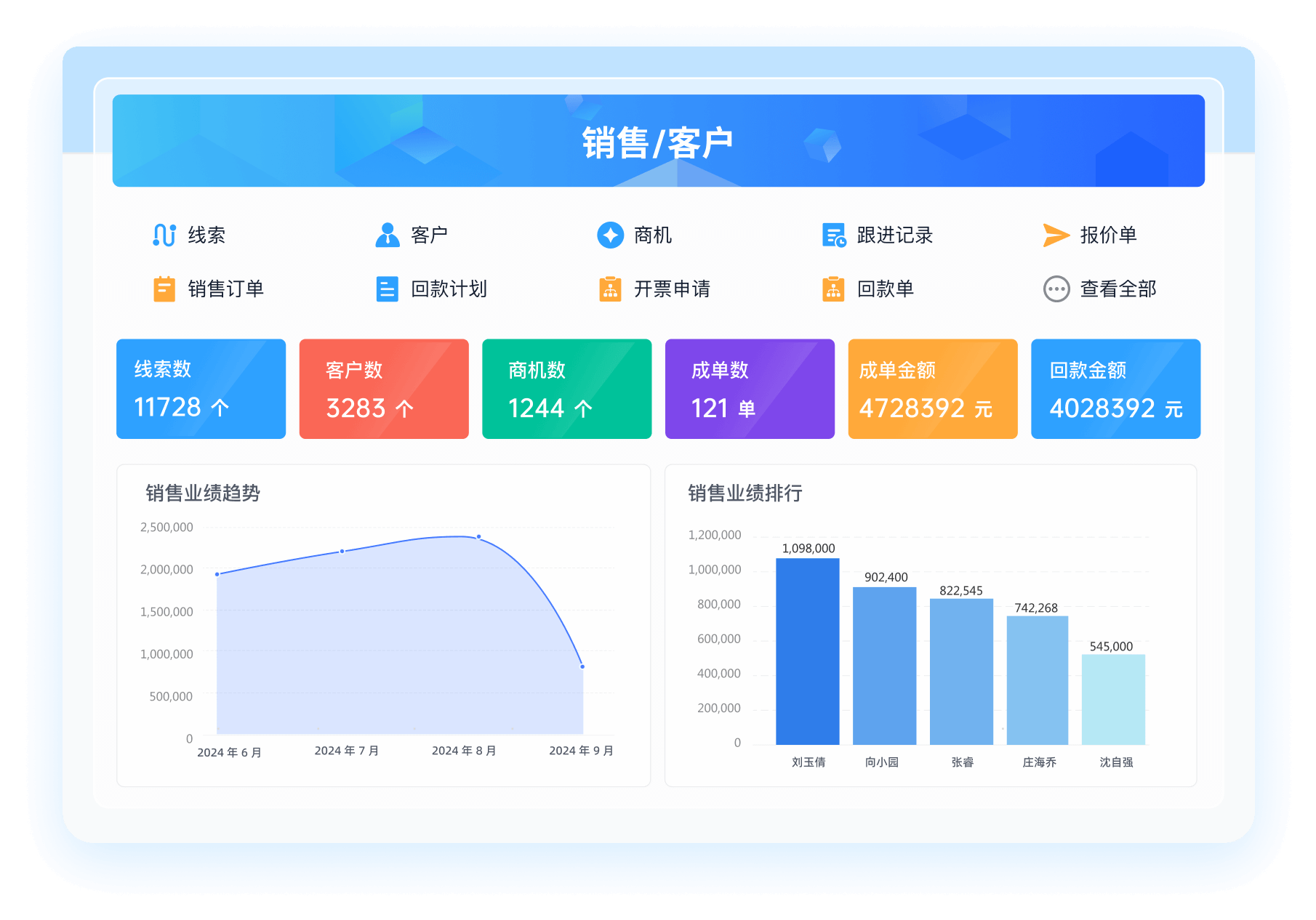
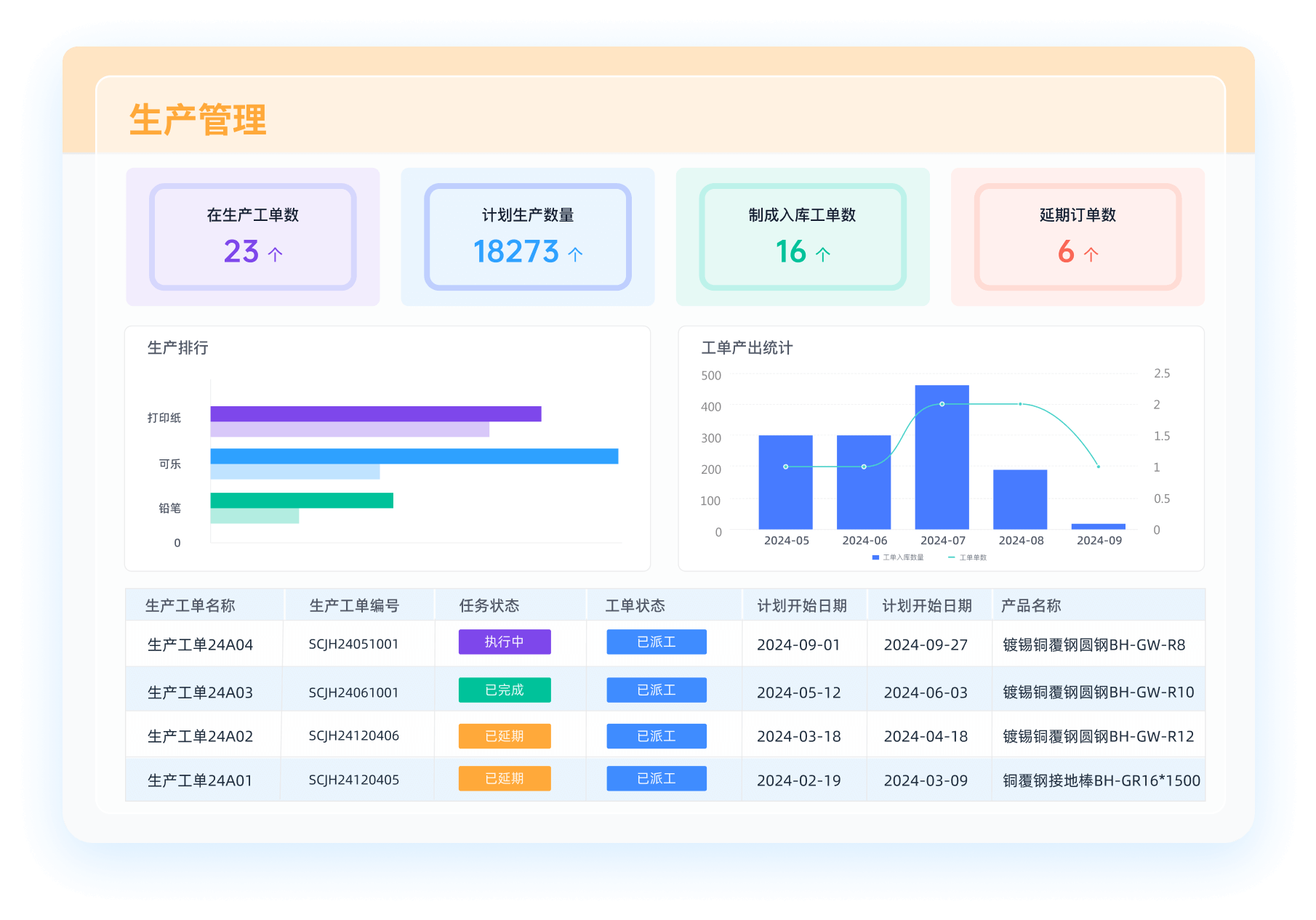
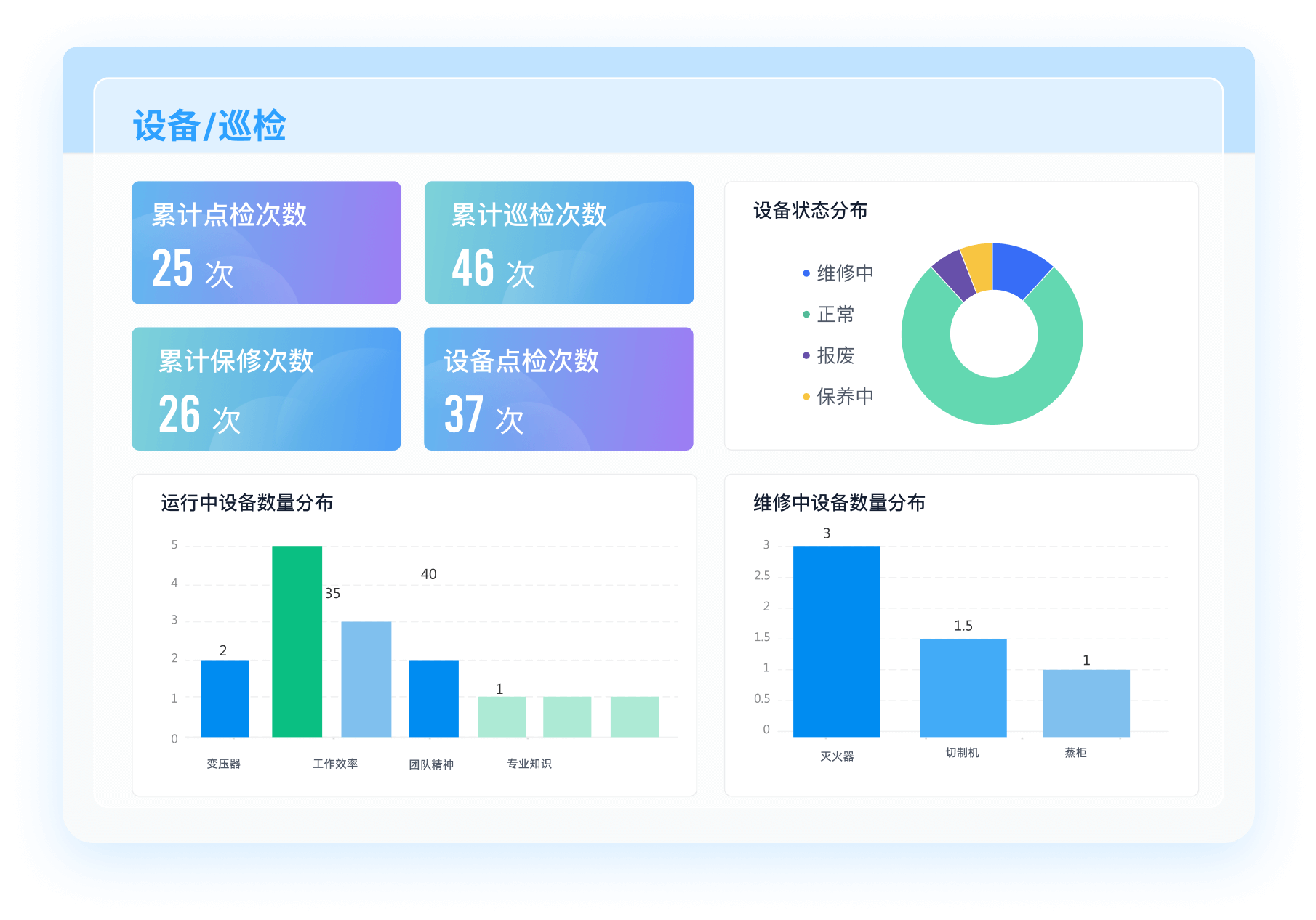
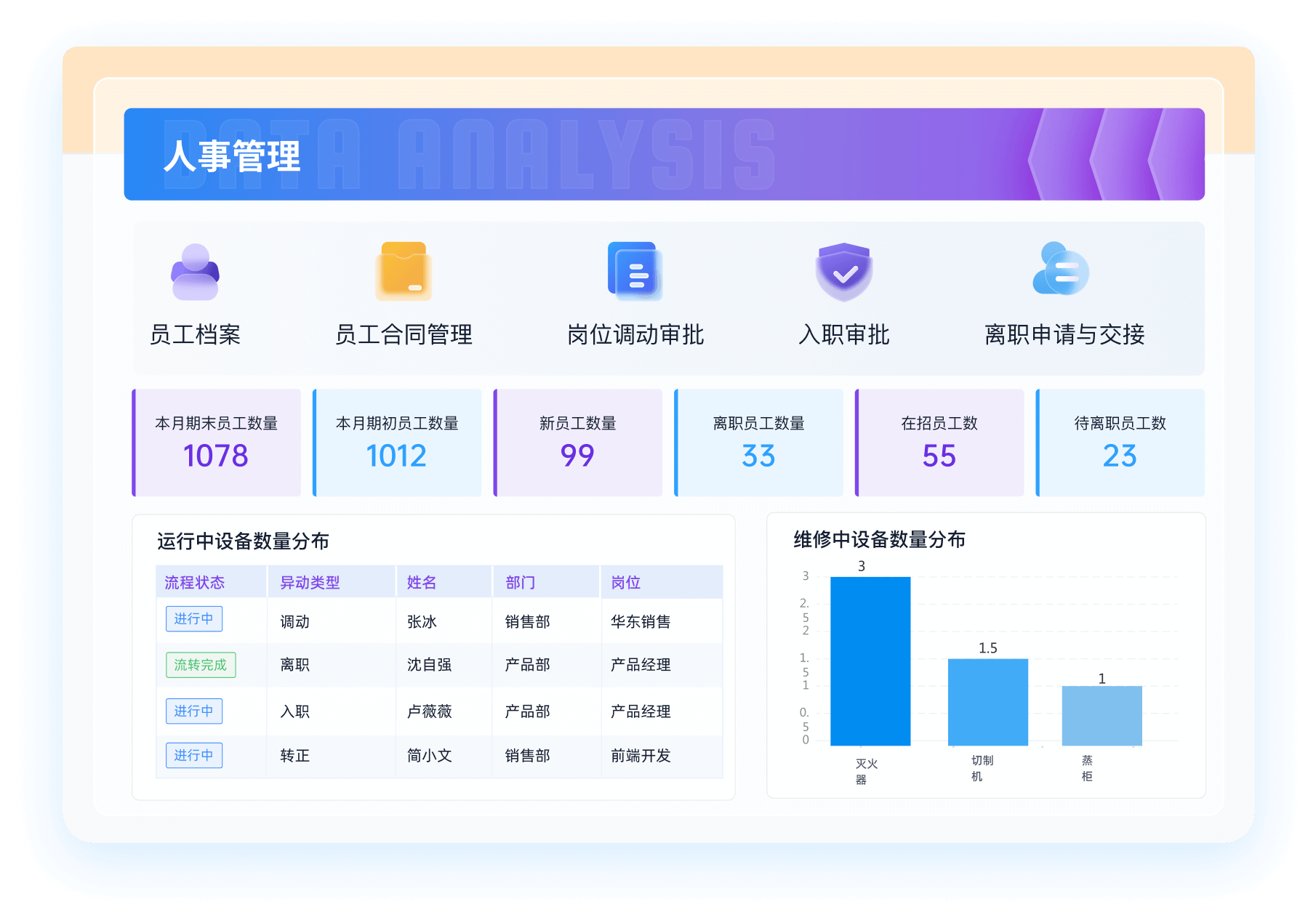
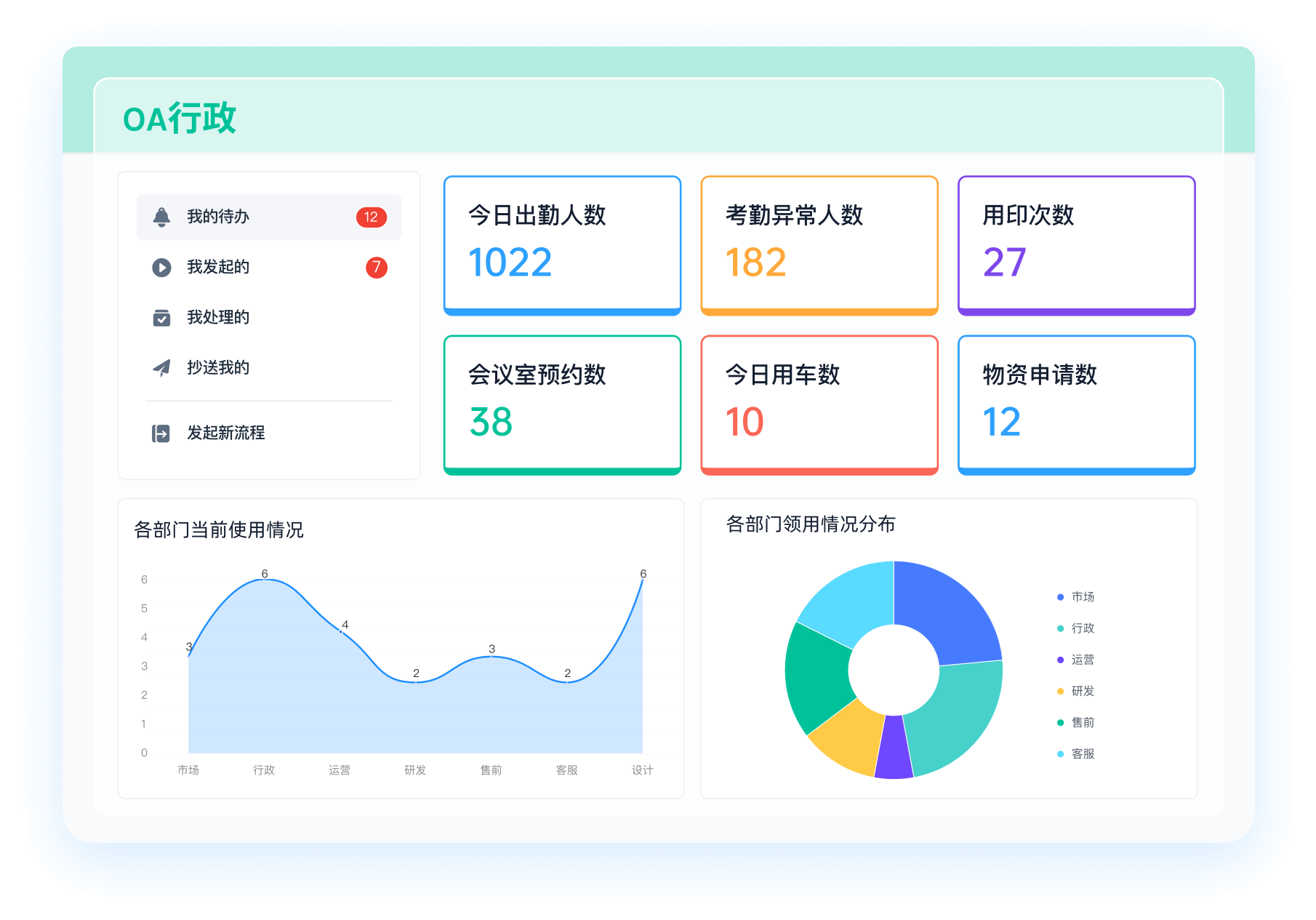
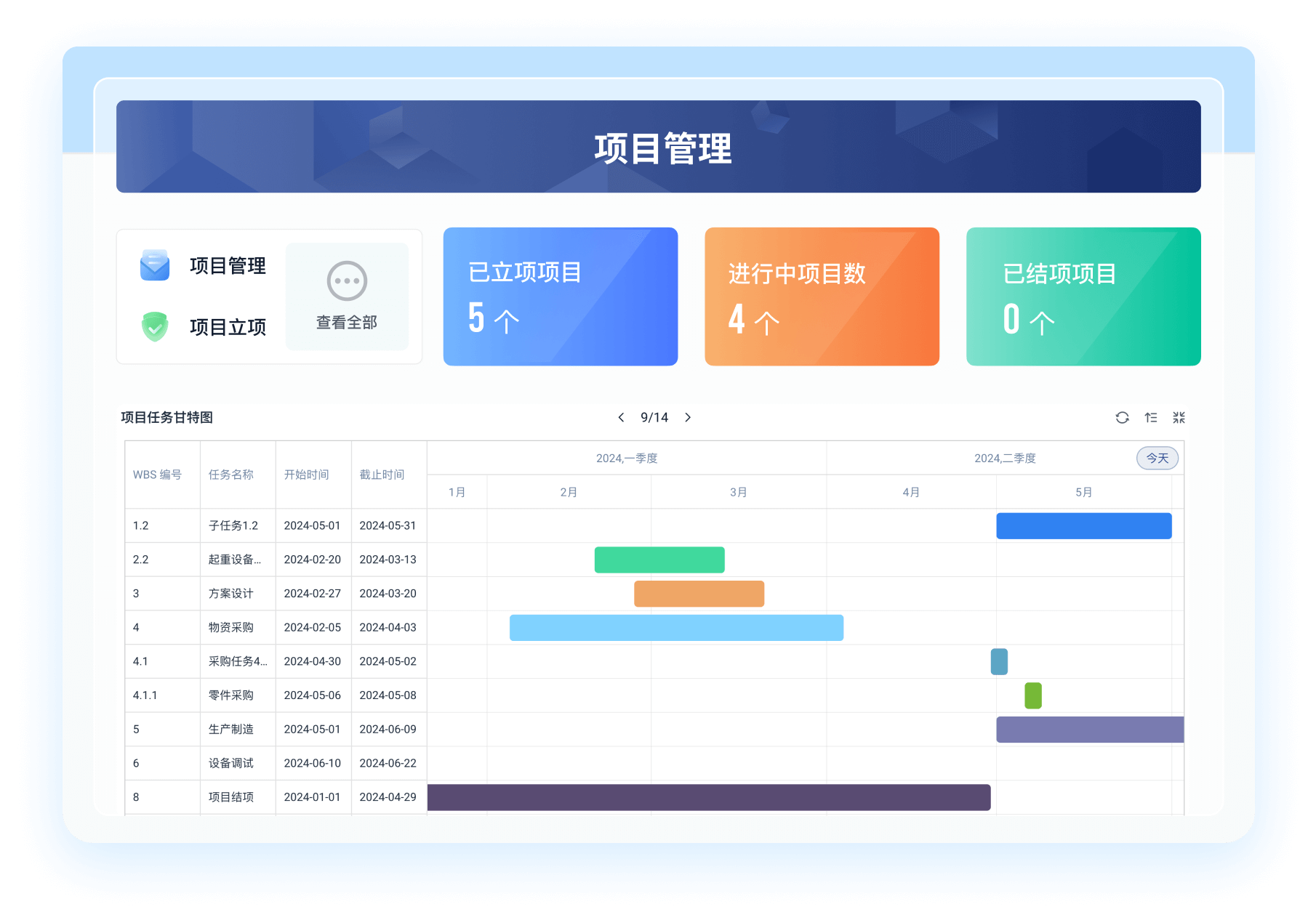

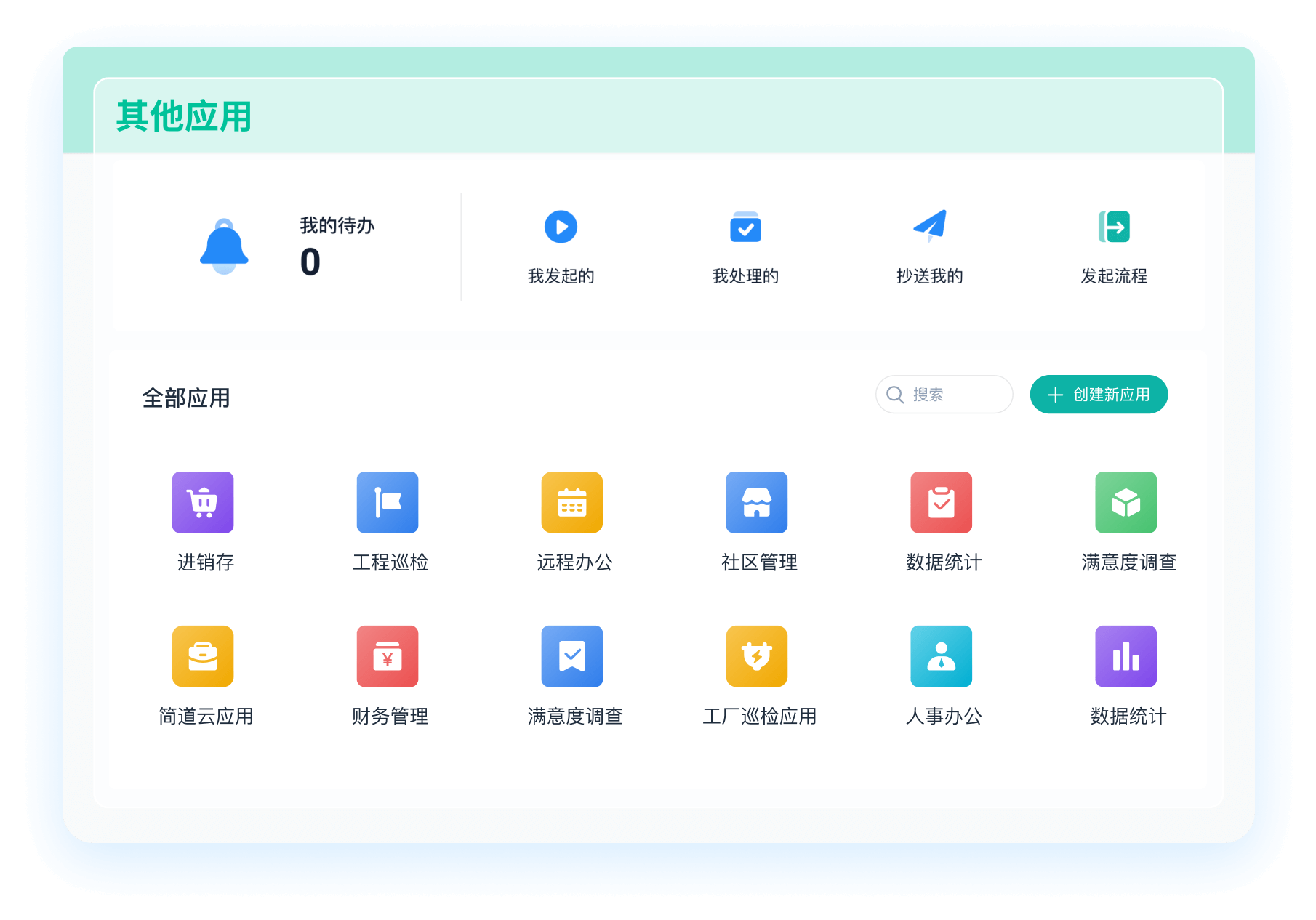
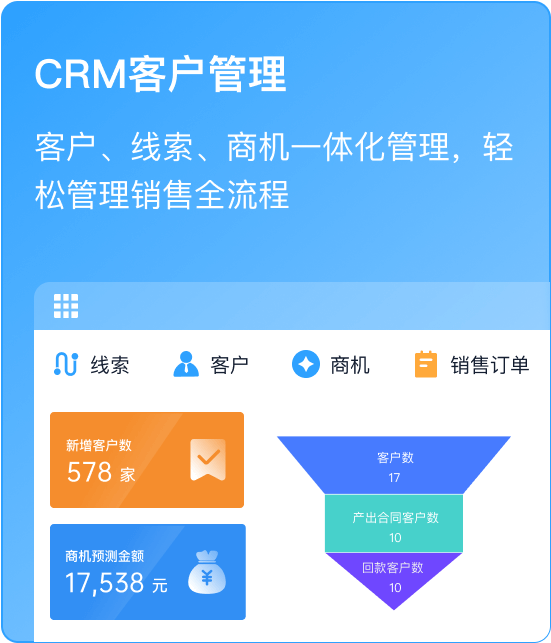


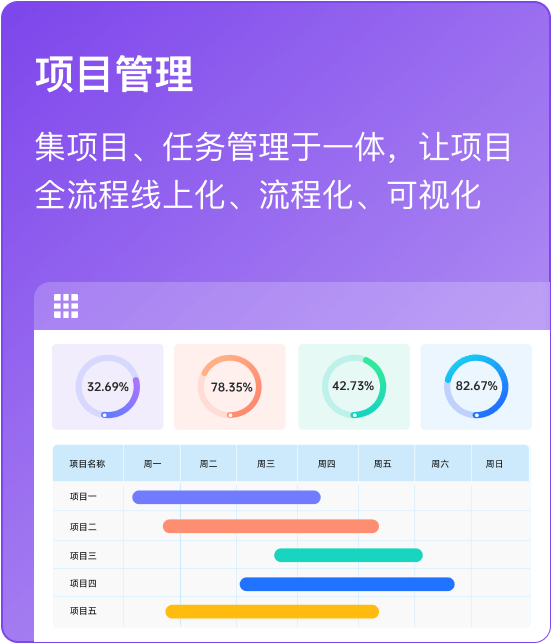
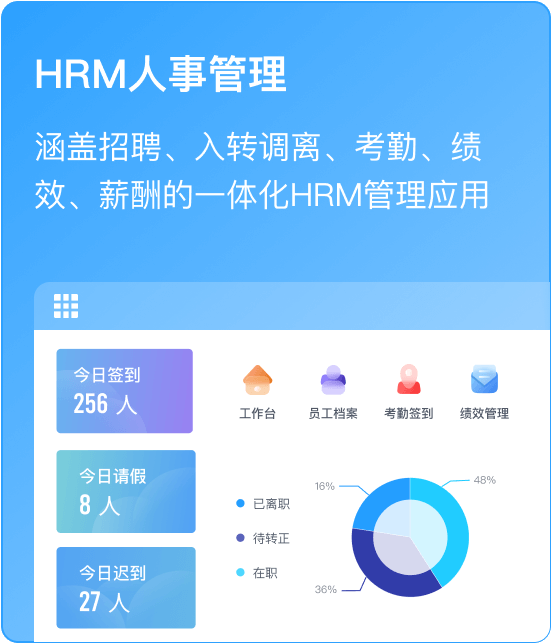
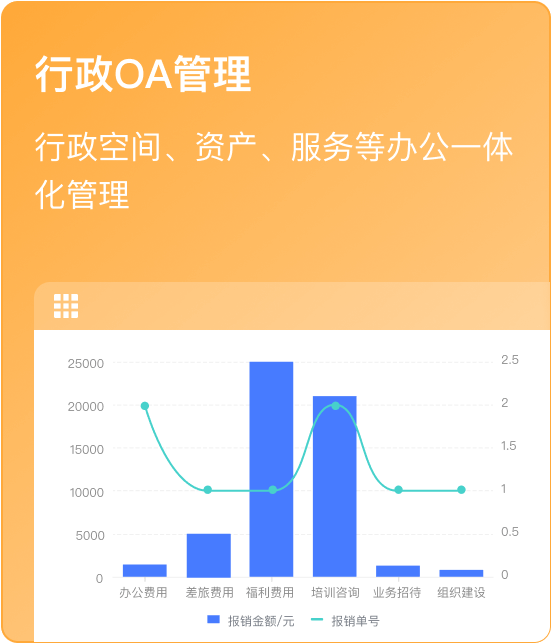

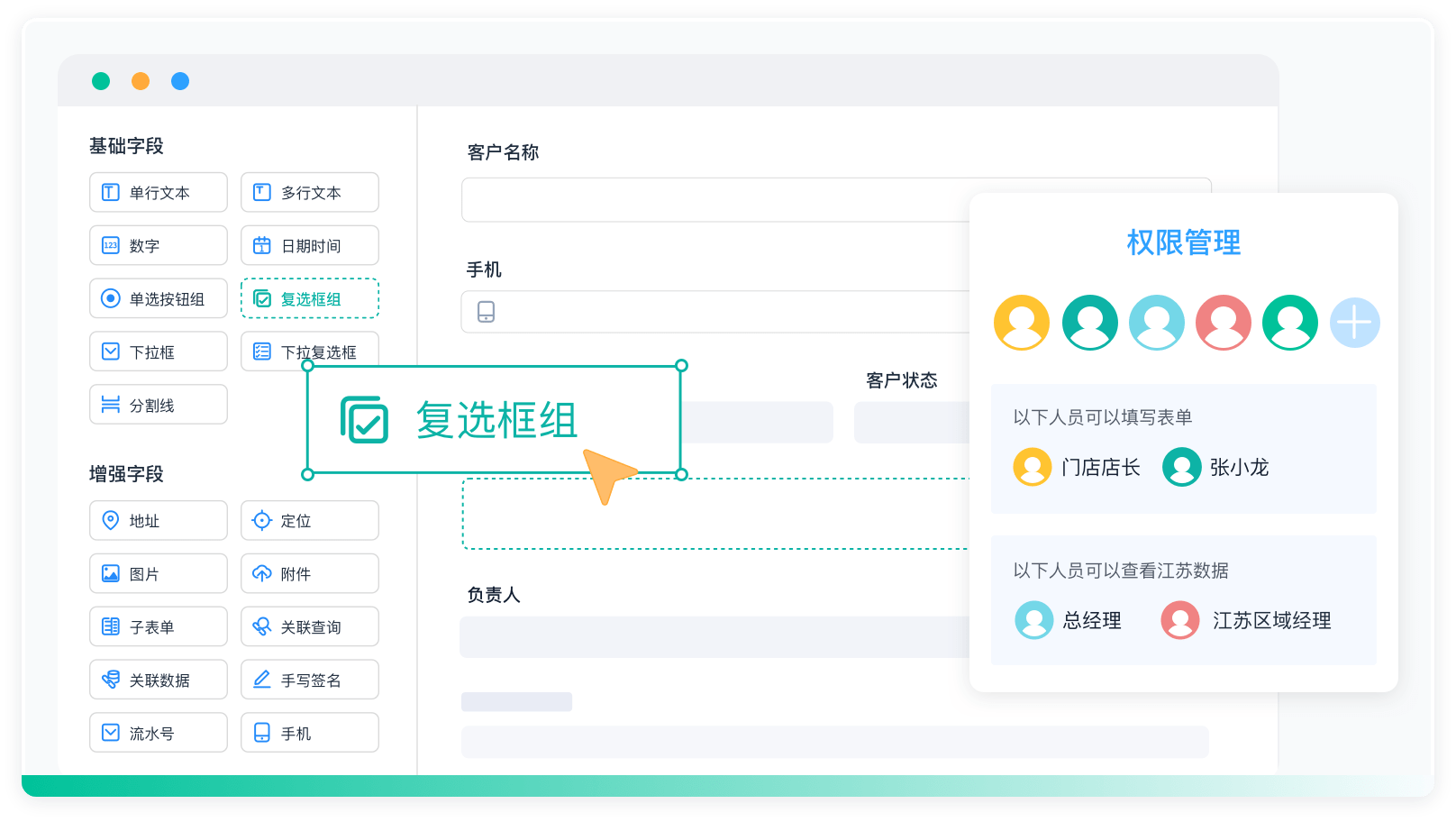
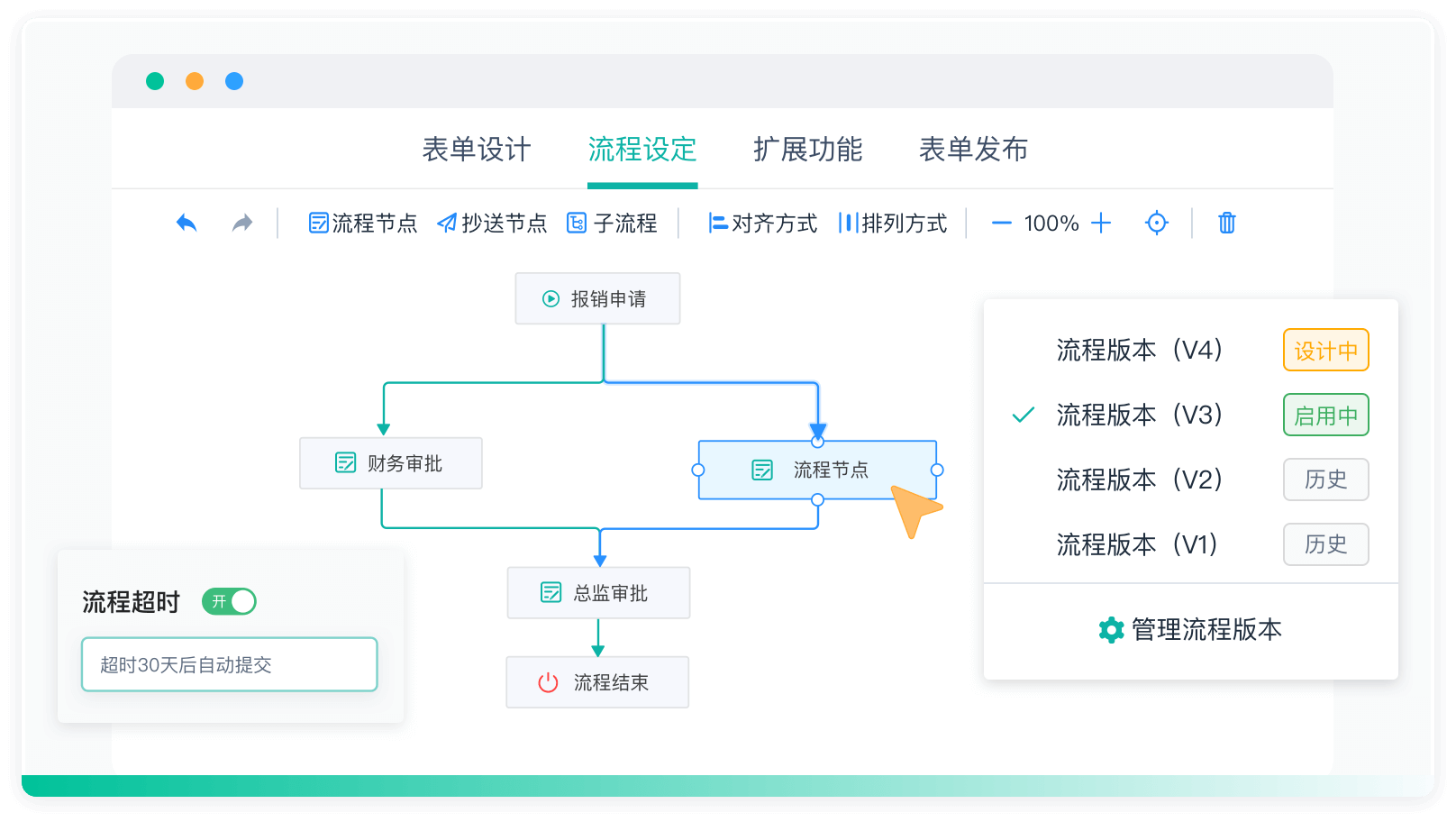


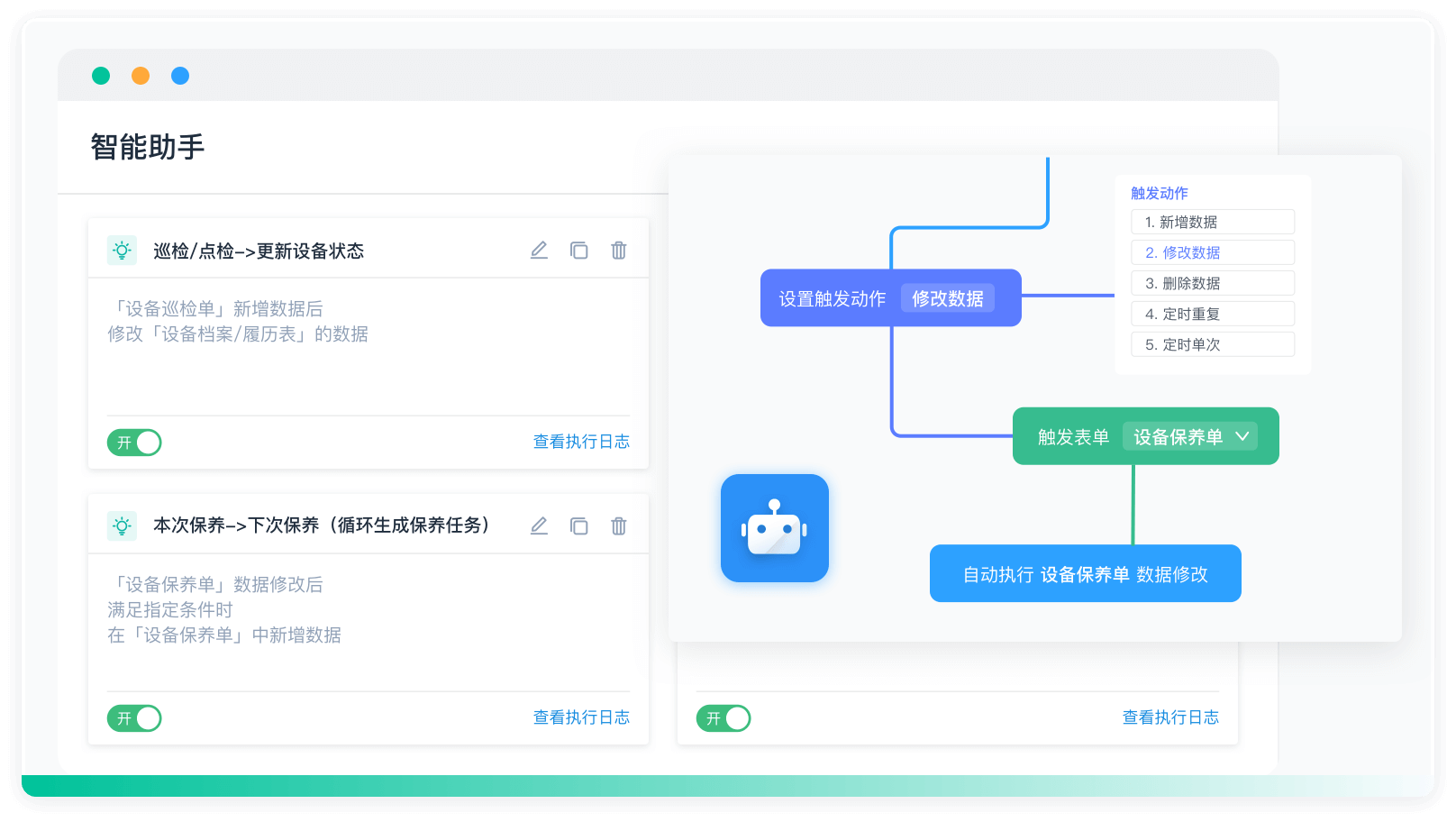
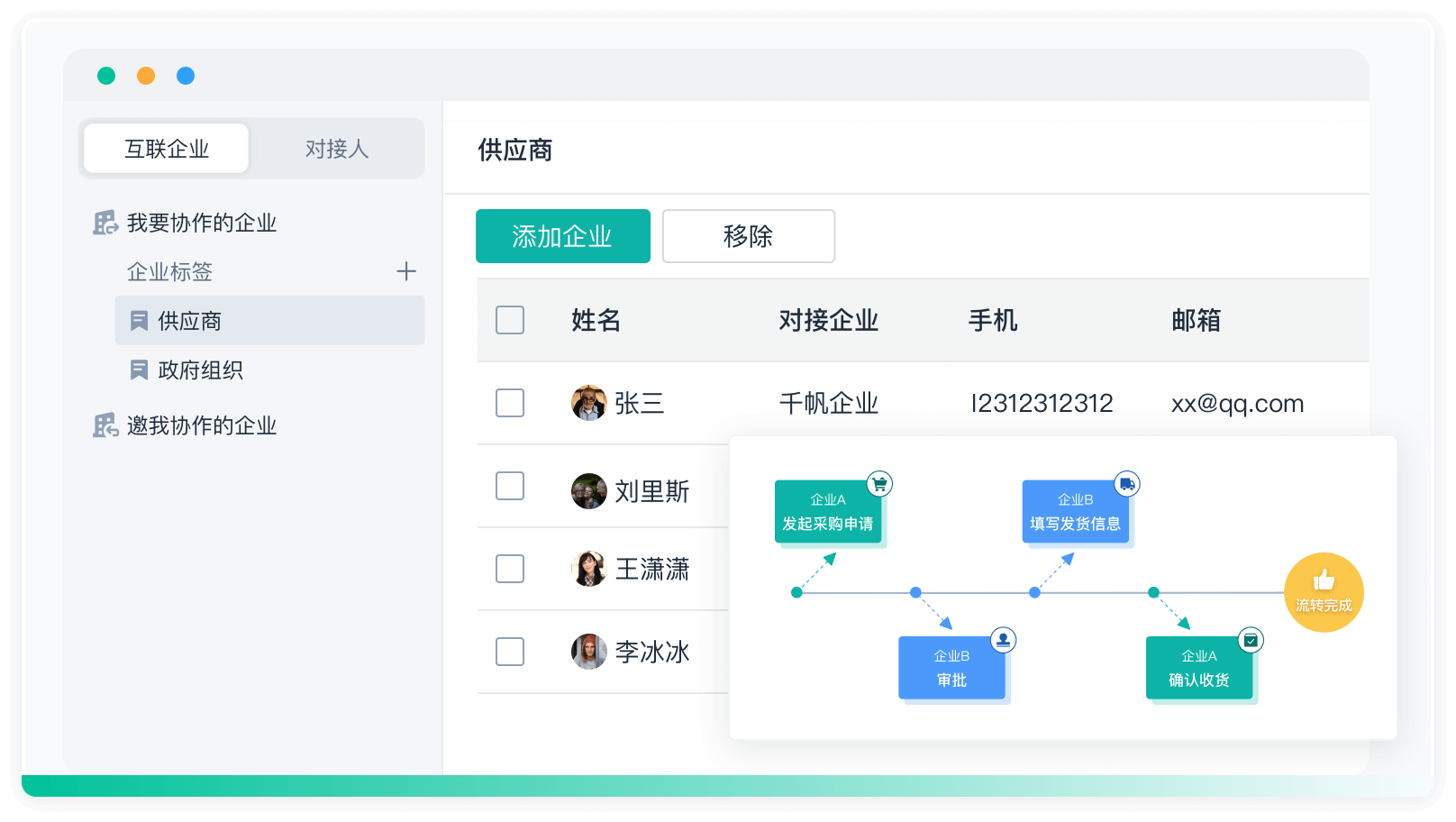
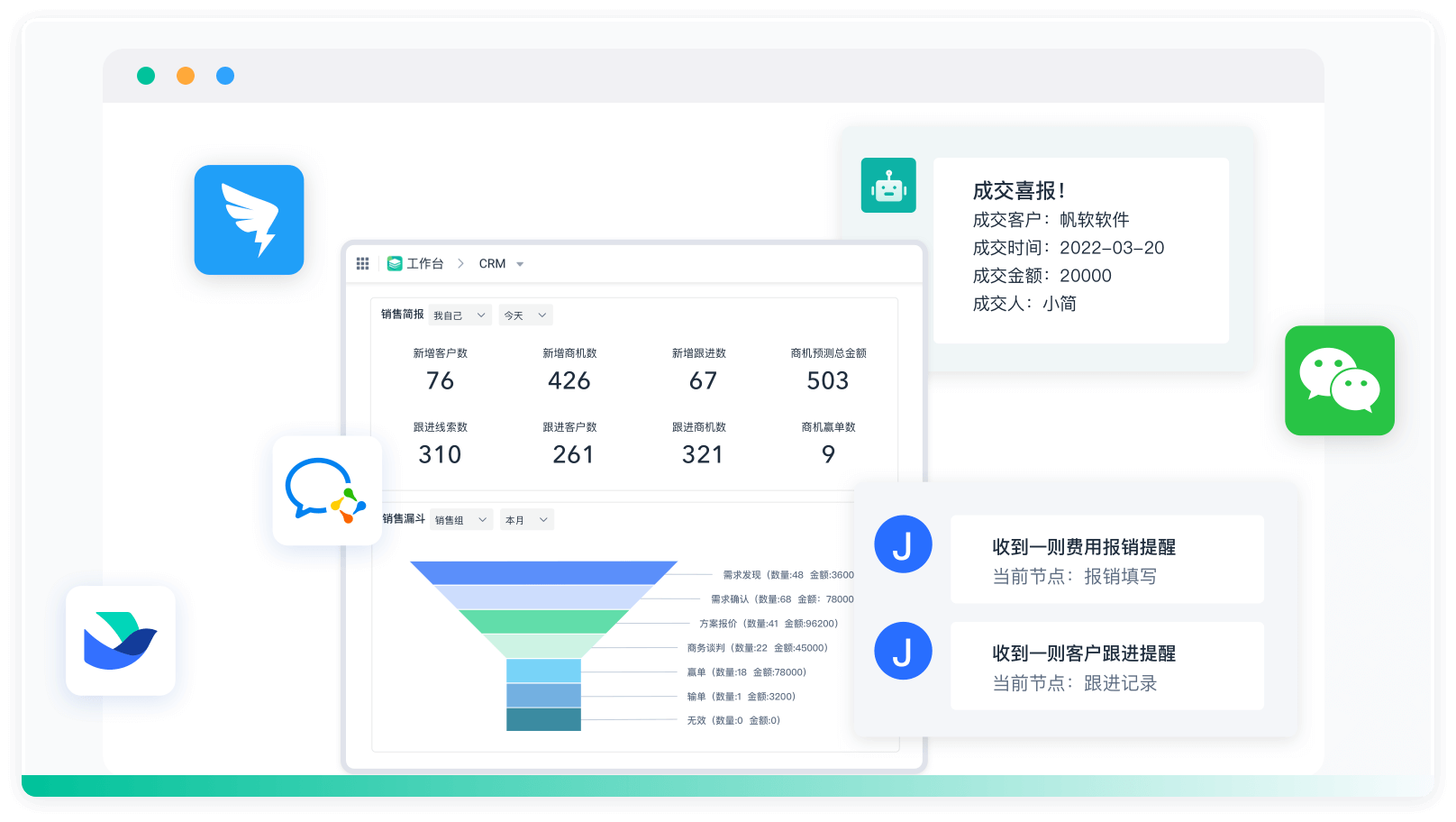


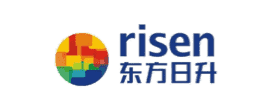

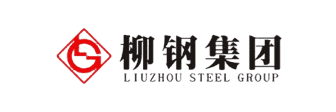






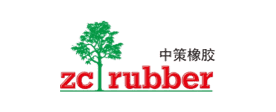










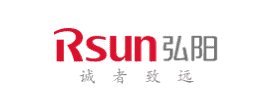
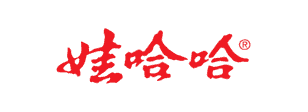





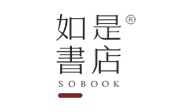





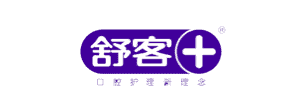













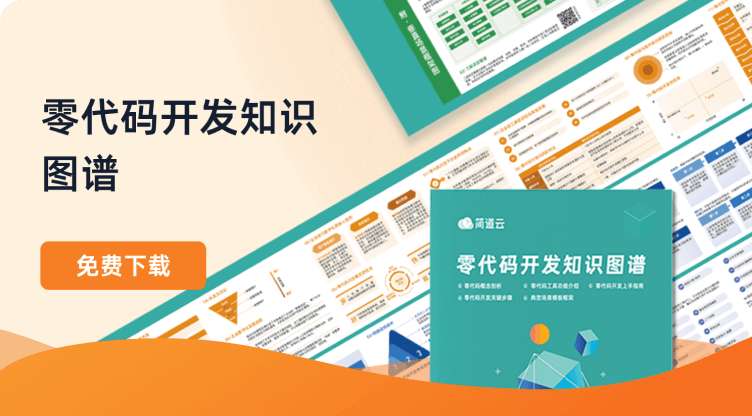 《零代码开发知识图谱》
《零代码开发知识图谱》
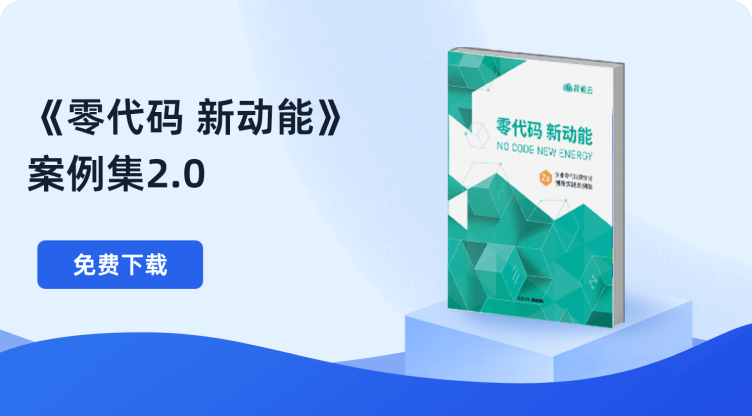 《零代码
新动能》案例集
《零代码
新动能》案例集
 《企业零代码系统搭建指南》
《企业零代码系统搭建指南》










领先企业,真实声音
简道云让业务用户感受数字化的效果,加速数字化落地;零代码快速开发迭代提供了很低的试错成本,孵化了一批新工具新方法。
郑炯蒙牛乳业信息技术高级总监
简道云把各模块数据整合到一起,工作效率得到质的提升。现在赛艇协会遇到新的业务需求时,会直接用简道云开发demo,基本一天完成。
谭威正中国赛艇协会数据总监
业务与技术交织,让思维落地实现。四年简道云使用经历,功能越来越多也反推业务流程转变,是促使我们成长的过程。实现了真正降本增效。
袁超OPPO(苏皖)信息化部门负责人
零代码的无门槛开发方式盘活了全公司信息化推进的热情和效率,简道云打破了原先集团的数据孤岛困局,未来将继续向数据要生产力。
伍学纲东方日升新能源股份有限公司副总裁
通过简道云零代码技术的运用实践,提高了企业转型速度、减少对高技术专业人员的依赖。在应用推广上,具备员工上手快的竞争优势。
董兴潮绿城建筑科技集团信息化专业经理
简道云是目前最贴合我们实际业务的信息化产品。通过灵活的自定义平台,实现了信息互通、闭环管理,企业管理效率真正得到了提升。
王磊克吕士科学仪器(上海)有限公司总经理
简道云让业务用户感受数字化的效果,加速数字化落地;零代码快速开发迭代提供了很低的试错成本,孵化了一批新工具新方法。
郑炯蒙牛乳业信息技术高级总监
简道云把各模块数据整合到一起,工作效率得到质的提升。现在赛艇协会遇到新的业务需求时,会直接用简道云开发demo,基本一天完成。
谭威正中国赛艇协会数据总监
业务与技术交织,让思维落地实现。四年简道云使用经历,功能越来越多也反推业务流程转变,是促使我们成长的过程。实现了真正降本增效。
袁超OPPO(苏皖)信息化部门负责人
零代码的无门槛开发方式盘活了全公司信息化推进的热情和效率,简道云打破了原先集团的数据孤岛困局,未来将继续向数据要生产力。
伍学纲东方日升新能源股份有限公司副总裁
通过简道云零代码技术的运用实践,提高了企业转型速度、减少对高技术专业人员的依赖。在应用推广上,具备员工上手快的竞争优势。
董兴潮绿城建筑科技集团信息化专业经理
简道云是目前最贴合我们实际业务的信息化产品。通过灵活的自定义平台,实现了信息互通、闭环管理,企业管理效率真正得到了提升。
王磊克吕士科学仪器(上海)有限公司总经理
简道云让业务用户感受数字化的效果,加速数字化落地;零代码快速开发迭代提供了很低的试错成本,孵化了一批新工具新方法。
郑炯蒙牛乳业信息技术高级总监
简道云把各模块数据整合到一起,工作效率得到质的提升。现在赛艇协会遇到新的业务需求时,会直接用简道云开发demo,基本一天完成。
谭威正中国赛艇协会数据总监
业务与技术交织,让思维落地实现。四年简道云使用经历,功能越来越多也反推业务流程转变,是促使我们成长的过程。实现了真正降本增效。
袁超OPPO(苏皖)信息化部门负责人
零代码的无门槛开发方式盘活了全公司信息化推进的热情和效率,简道云打破了原先集团的数据孤岛困局,未来将继续向数据要生产力。
伍学纲东方日升新能源股份有限公司副总裁
通过简道云零代码技术的运用实践,提高了企业转型速度、减少对高技术专业人员的依赖。在应用推广上,具备员工上手快的竞争优势。
董兴潮绿城建筑科技集团信息化专业经理
简道云是目前最贴合我们实际业务的信息化产品。通过灵活的自定义平台,实现了信息互通、闭环管理,企业管理效率真正得到了提升。
王磊克吕士科学仪器(上海)有限公司总经理